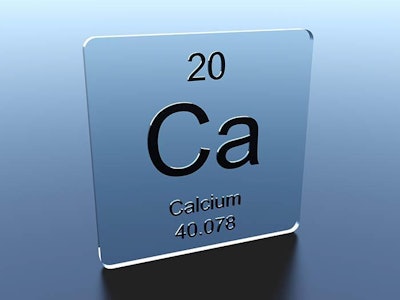
Not long ago, diets for monogastric animals were formulated based on total phosphorus. We were aware of the value of available/digestible phosphorus, but in simple diets based on corn or wheat and soybean meal, it made little difference which form of phosphorus specification was used. The reason was simple: there was no alternative ingredient to adjust phosphorus levels apart from dical- or monocalcium phosphate.
Then, phytase emerged as an enzyme that releases phytate-bound phosphorus, and we had to convert formulating based on available/digestible phosphorus to account for this ingredient/additive. As a side effect, phytase also releases calcium, but as calcium carbonate or limestone are both inexpensive, there was no need to use available/digestible figures. It merits noting that phosphorus is the third most expensive nutrient in most diets for monogastrics.
I cannot see how this will change the way we formulate our diets.
Lately, I have seen considerable effort to start using available/digestible calcium figures, and I cannot understand why. I will agree that we will see a more clear picture regarding the diets we feed to animals, and every step towards this goal is desirable. But I cannot see how this will change the way we formulate our diets. No new ingredient will be used, and the inclusion rate of any ingredient will not change. Perhaps if we identify ingredients with great disparity between total and available/digestible values we will have to account for it with slight changes in calcium fortification — but again, most diets already contain excess calcium.
At the end of the day, I do not doubt the scientific merit of investigating better calcium values for our ingredients. I am just questioning the spending of valuable research money on something that will not offer tangible results, especially in times when research money is hard to source.

















